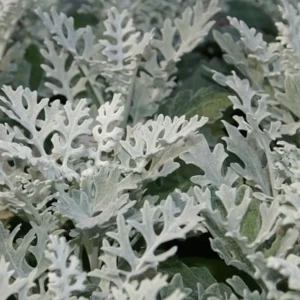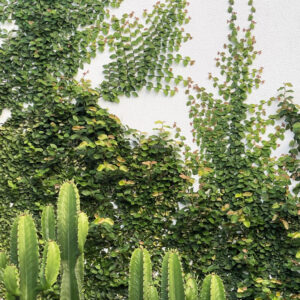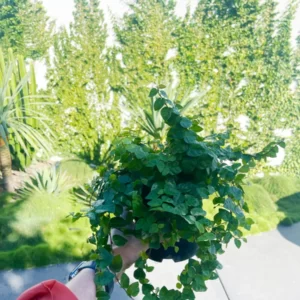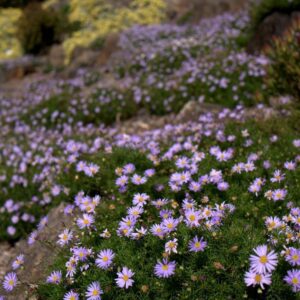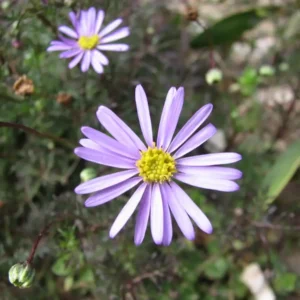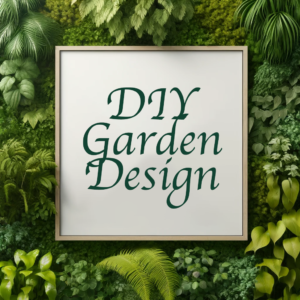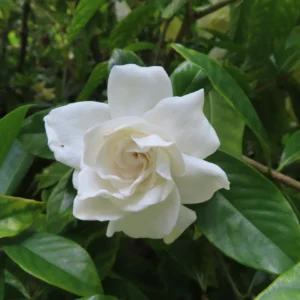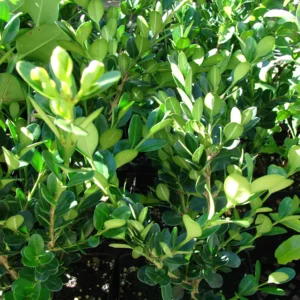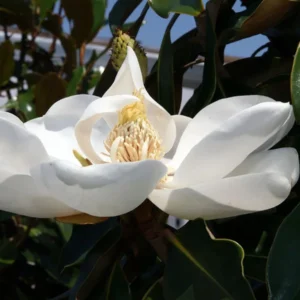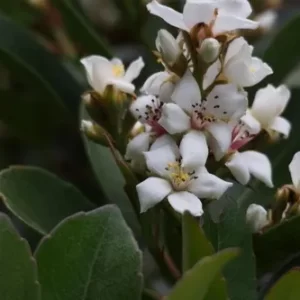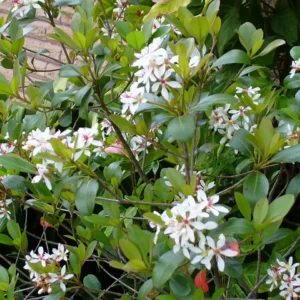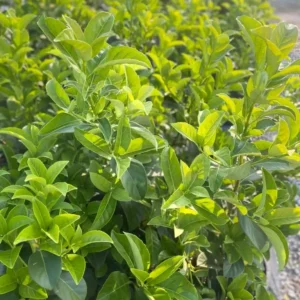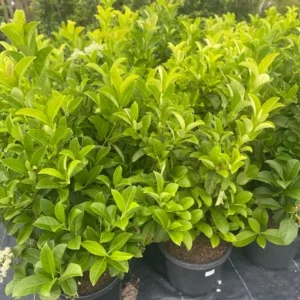Local Botanist
- Design your garden
- Shop plants
Discover full range
Discover plants by garden style
- Advanced Trees
- Garden styles
- Garden inspiration
- Garden advice
- 1300 737 600
- Discover your garden style
Formal garden
Formal garden
Formal Garden Design Style
The Formal garden design originated in Europe (think about those grand estates and classic European landscapes!) with key elements including meticulous layouts, precise designs, and careful selection of plants to achieve a gratifying symmetrical balance.
While all these already sound high maintenance, don’t get discouraged yet – the formal design is possible in Australia with a combination of patience, a couple of green thumbs, and an adequate piece of land. Besides, if classic and elegant make the perfect garden for you, then the journey of transforming your outdoor space into one should be well worth it.
Read on for more ideas to help you get started on designing a formal garden, which, ideally, should underscore symmetry, order, and harmony.

Key Takeaways
Formal gardens are easy to distinguish. There’s precision and symmetry with its layout that exudes outright elegance. The selection of plants is also carefully carried out to achieve a kind of balance that reflects sophistication.
Unlike cottage gardens, formal gardens are meant to look as grand as possible, which is why this particular design of European origin is guided by the following principles: symmetry, classic decor, defined spaces, and planting that create robust structures and well-defined lines.
A formal garden’s refined look is a benefit in itself since a clutter-free, symmetrical design promotes mental wellness. The limited plants in formal gardens and the use of timeless elements entail lower costs as well (there are fewer plantings to maintain). Adding a touch of elegance to your home also increases the value of your property.
The unique elements in a coastal garden style include symmetry and harmonious patterns, architectural pieces, timeless plant choices, lines and borders, and focal points or central features like a fountain or a statue.
Formal gardens incorporate limited plant varieties to achieve a clean, symmetrical look. Plants like boxwood are typically used as hedges while flowering plants like roses are often favoured for their timeless beauty and scent.
Understanding and defining formal garden aesthetic
A formal garden is characterised by geometric shapes, well-manicured hedges, and classic architectural elements, although some formal gardens in Australia do away with using classic plant varieties in favour of native ones since native plants tend to thrive more in harsh climates.
Still, a formal garden must follow a number of essential elements and principles to be considered a ‘formal’ type.
Key principles of formal gardens:
- Symmetry and rhythm: A formal garden is characterised by its symmetrical layout and rhythmic patterns, typically showcasing straight paths, geometric shapes, and well pruned plants.
- Selection of plants: Use of plants like boxwood hedges, topiary, and neatly trimmed lawns to create sturdy structures and defined lines.
- Architectural components: Using classic architectural elements like fountains, statues, and pergolas add to the formal vibe and experience.
- Classical materials: Incorporate materials like stone, wrought iron, and marble for an enhanced sense of elegance.
- Defined spaces: If budget permits, build separate garden rooms or areas for other purposes, each with its own distinctive style yet maintaining overall harmony.
Why formal gardens are perfect for any setting
This type of garden, characterised by their strong structure, defined lines, and symmetrical balance, are the epitome of classical garden design. Once reserved for the estates of European nobility, you can now design your own, as formal gardens can now be adapted to any garden size, infusing a touch of sophistication and timeless elegance into your outdoor space.
One of the most appealing aspects of formal gardens is their ability to look stunning throughout the year. Predominantly evergreen plants maintain their structure and foliage in all seasons, ensuring a consistent and polished appearance.
Whether your home is traditional or contemporary, a formal design complements a wide range of architectural styles. Its structured design adapts well to modern outdoor living concepts while retaining classic elegance.

Benefits of formal garden design:
- Adds a touch of elegance in your home
- Structural plants and ornamental grasses provide timeless aesthetics
- Enhances outdoor space with structured and symmetrical beauty
- Simple colour palette promotes relaxation and a sense of harmony
- Improves the sophisticated appeal, hence, increasing property value
Essential elements of a formal garden
To design a formal garden that feels elegant and authentic, consider the following important factors:

Symmetry and rhythm
If you appreciate clearly defined spaces with a strong sense of order, a formal garden is the perfect choice. The design principles of symmetry, repetition, and proportion create a balanced and harmonious outdoor environment.

Architectural features
Incorporate elements such as fountains and statues to enhance the garden’s classical appeal, ideally simple or Greek designs to serve as focal points and add to the overall structure.

Classic plant choices
Formal gardens shine in their simplicity, which means simple plants that are easier to shape and structure, such as boxwoods for hedging, yews for topiary, and roses for adding a dash of colour.

Lines and borders
Neat lines and shapes easily characterise formal gardens. Make sure borders are neatly edged to maintain a clean look and use materials like gravel, brick, or stone for creating pathways.

Transform Your Garden
Dreams into Reality!
Selecting the right formal garden plants
The success of creating a formal garden heavily relies on your plant selection. Opt for plants that can be easily shaped and maintained to preserve the garden’s structured appearance. Structural plants are often the ideal choices when creating a formal garden design.
Classic, structured plants:
- Boxwood: Ideal for creating hedges and topiary due to its dense growth and ease of shaping.
- Roses: Provide classic beauty and can be trained into formal shapes.
Ground cover and edging plants:
- Thyme: Perfect for edging pathways and filling in gaps.
- Lavender: Offers both structure and fragrance.
Evergreens for structure:
- Yew: Provides year-round greenery and can be shaped into various forms.
- Holly: Adds a formal touch with its glossy leaves and berries.
With careful planning and the right selection of plants, you can transform your outdoor space into a sophisticated formal garden you’ll always be proud to show off.
You can also use our garden style plant calculator to figure out which plants are better suited for your garden.
Plants you’ll find in a Formal garden
Check out other garden styles

Design your dream garden today!
Get in touch with our expert garden designers for a quote.
Find out more


